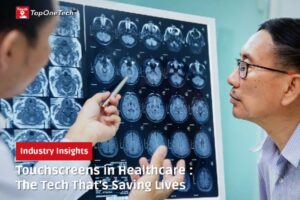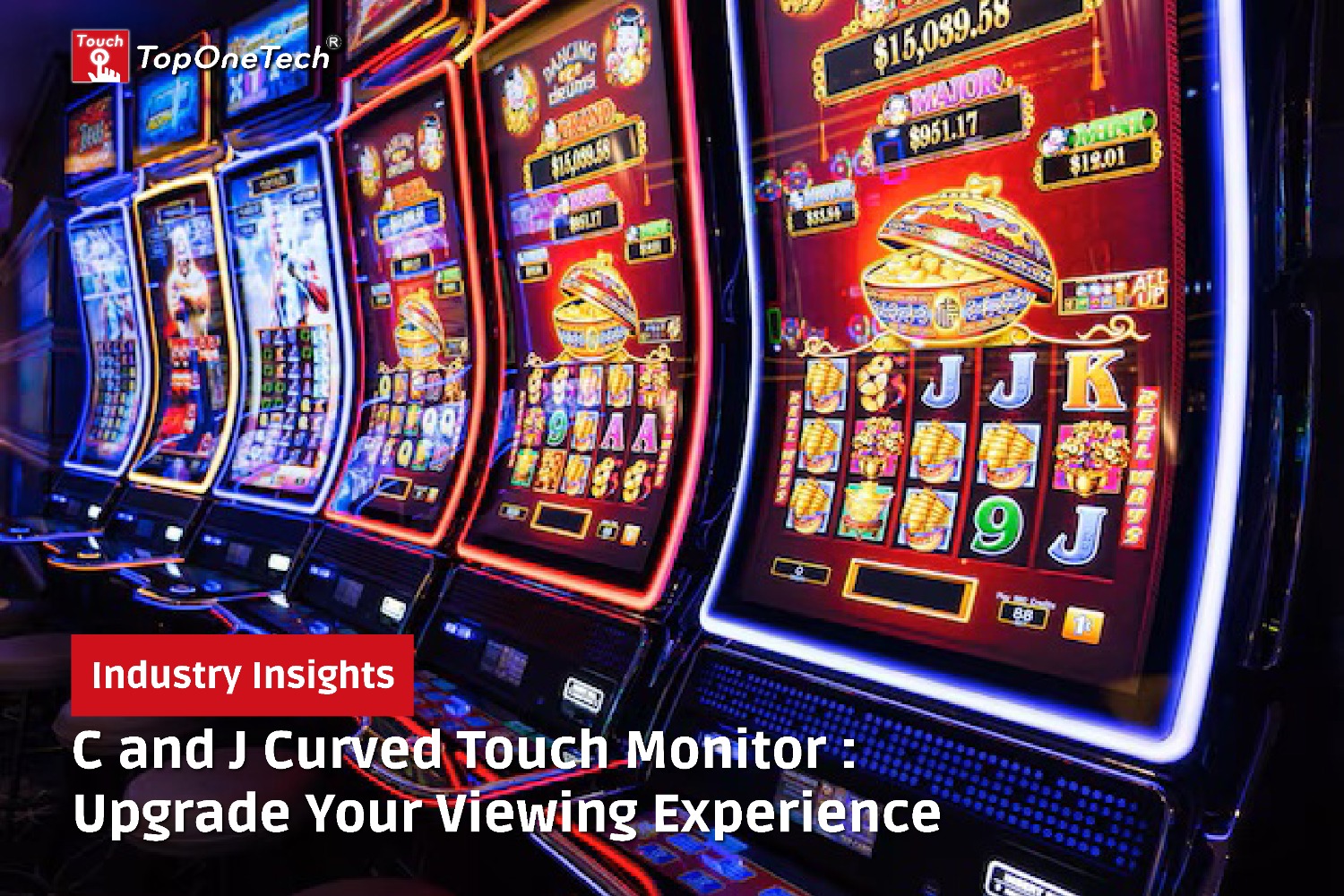
In recent years, touchscreens have revolutionized various industries, but nowhere is their impact more profound than in healthcare. These interactive displays are not just enhancing convenience—they are actively saving lives. From improving diagnostics to streamlining patient care, the integration of touchscreens in medical settings has transformed the way healthcare providers deliver services. Here’s how this innovative technology is making a difference.
1. Enhanced Diagnostics
Touchscreen devices are widely used in diagnostic tools like ultrasound machines and medical imaging. Doctors can easily manipulate images, zoom in on critical areas, and quickly assess a patient’s condition with greater precision. This enhanced capability allows for faster and more accurate diagnoses, which is crucial in emergency situations.
2. Streamlined Patient Care
In busy hospitals, speed and accuracy are essential. Touchscreen kiosks for patient check-ins are reducing wait times and improving the efficiency of healthcare facilities. Patients can quickly enter their information, reducing the need for administrative staff and minimizing the chances of errors in manual data entry.
3. Remote Patient Monitoring
Telemedicine is another area where touchscreens are proving invaluable. Patients can use touchscreen-enabled devices for remote consultations, reducing the need for hospital visits, particularly for those with chronic conditions. These devices can also track vital signs and send real-time data to healthcare providers, allowing for immediate intervention if needed.
4. Surgical Assistance
In operating rooms, touchscreens are used to display real-time data, patient records, and imaging during surgery. Surgeons can quickly access critical information with a tap, enhancing the precision and effectiveness of procedures. This has been especially useful in complex surgeries where every second counts.
5. Improved Medication Management
Medication errors are a significant concern in healthcare settings. Touchscreen systems used in pharmacies and hospital settings help to ensure that the correct medications are dispensed to patients, reducing the likelihood of mistakes. Some systems even offer alerts if potential interactions between prescribed drugs are detected.
6. Enhanced Infection Control
Infection control is vital in hospitals, and touchscreens contribute to maintaining sterile environments. Medical-grade touchscreens are designed to be easy to clean, reducing the risk of contamination. With fewer buttons and crevices, they are much more hygienic compared to traditional input devices like keyboards and mice.
7. Training and Simulation
Medical professionals need to stay updated on the latest procedures, and touchscreens are now integral to medical training and simulation. Interactive displays enable lifelike simulations where trainees can practice complex medical procedures without the risks associated with real-life scenarios.
8. Patient Education
Touchscreens have made it easier for healthcare providers to educate patients about their conditions. Interactive displays can visually explain procedures, treatments, and conditions in a way that’s easy for patients to understand. This helps patients make informed decisions about their healthcare and improves their overall experience.
9. Accessibility and Inclusivity
Touchscreen technology is making healthcare more accessible to individuals with disabilities. Moreover, large, easy-to-use interfaces allow patients with limited mobility or dexterity to interact with medical devices, enhancing their autonomy. Some systems also incorporate voice recognition, enabling hands-free use.
10. Data Management and Security
In an era of growing concern over data breaches, manufacturers prioritize security when creating touchscreens for healthcare settings. Many systems require biometric authentication, such as fingerprint or facial recognition, ensuring that sensitive patient data is only accessible to authorized personnel.
The Future of Touchscreens in Healthcare
As technology continues to evolve, touchscreens will become even more embedded in healthcare systems. Moreover, the rise of artificial intelligence (AI) and machine learning could enhance touchscreen functionality, enabling predictive diagnostics and personalized treatment plans. Furthermore, with these advancements, the integration of touchscreens will continue to play a crucial role in improving patient outcomes.
Conclusion
In conclusion, touchscreens are not just convenient—they are life-saving. Moreover, by enhancing diagnostics, improving patient care, and streamlining healthcare processes, this technology is transforming the industry. Finally, as healthcare continues to embrace digital innovations, touchscreens will remain at the forefront, driving efficiency, accuracy, and ultimately saving more lives.
Top One Tech can customize Touch Screen for Healthcare specially made for your application scenarios.
Don’t hesitate to contact us for further assistance :
Whatsapp/Call us at : +86 13631610695
Email : sales@toponetech.cn
See Also : Our Wide Range of Touch Monitor Products




